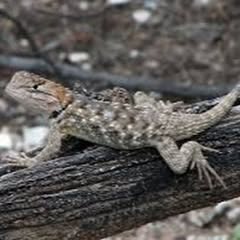
1.There are some lizards in the desert that do not need to drink water through their mouths. This is because they are able to absorb moisture through their skin similar to amphibians. This helps greatly in the desert where it may be easier to come in contact with humidity than a tangible pool of water.
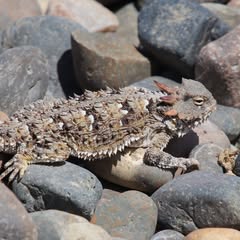
2. In the spirit of Halloween, today’s fun fact is about the North American Horned Lizards. These lizards are unique because one of their defense mechanisms is used to frighten predators. The North American horned lizards have the ability to squirt blood out of their eyes in a process called auto hemorrhaging.

3.Today is all about chameleons! Chameleons actually do not automatically change colors to blend in perfectly with their environment. For example if they are sitting in a purple box they will not change to purple to match the occasion. They do however, have multiple layers of skin, each with different colored pigments. A chameleon can contract or expand those pigments to help them show more through its skin allowing it to change a little of its color. A chameleon’s eyes are also very unique. Chameleons have two cone shaped structures that extend from their heads and have a hole for its pupil. Because of this unique eye structure, chameleons are able to look at two different things at the same time!(One eye looks at one thing and the other eye looks at another)
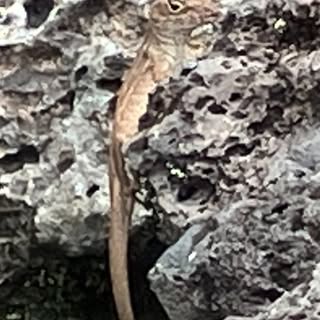
4. Some lizards have the ability to breathe underwater! These lizards are 6 species of anoles.These lizards can not swim fully but swim similarly to scuba diving. They can do this by blowing a bubble of air beside their heads, and then they inflate the bubbles of air that this made, then the lizards can draw the oxygen from the air back into their nostrils.
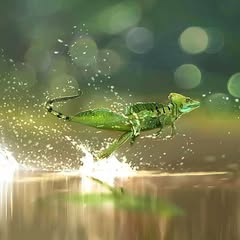
5. Sticking to the water theme of last week, Basilisk lizards have the ability to run on water. These lizards are also called the Jesus Lizard. These lizards are better able to do this because of fridges on their third, fourth, and fifth toes as well as their momentum. They run on top of a body of water and take advantage on the surface tension on the surface of the water to ensure they they do not fall in.
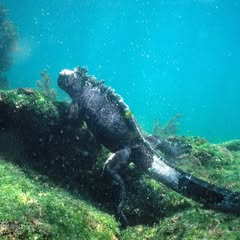
6. Most lizards cannot swim! The only species of lizard that can swim is that marine galapagos lizard. This lizard swims to scrape algae to eat. Marine Galapagos lizards can even hold their breath for 1 hour!.
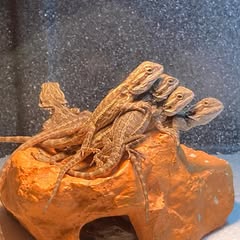
7.Bearded dragons are the most common lizards to keep as pets. Also, they have a third eye. This eye is called the parietal eye and is visible, if you look, at the middle of the top of their head. This third eye can sense things with light intensity and UVB rays. Tuataras (These are not classified as lizards and have their own group since they are different from other extant reptiles) also have this third eye.
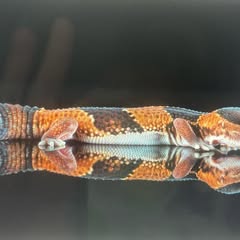
8.Lizards can store up to 60% of their total body fat in their tail. This makes their tail a valuable fat reserve for the lizards. An example of this is the african fat tailed gecko.

9.The shingleback skink has an interesting layout. The end of it’s tail is not very long or skinny as some other lizards. In fact, the end of it’s tail is meant to confuse predators into thinking it is their head since their head and tail look similair. This is beneficial because it would be better for the lizard to lose it’s tail than it’s head.

10.Some lizards have no legs! Actually, these lizards have vestigial legs that are so small you can not see them from a glance and are useless. Some of the ways to tell these legless lizard apart from snakes is that thay have eyelids, external ears, and the same type of scale all around their body instead of belly scutes. Another fun fact about legless lizards it that some of them have a flap of skin around their skin that expands when they eat large meals to help them hold the food.